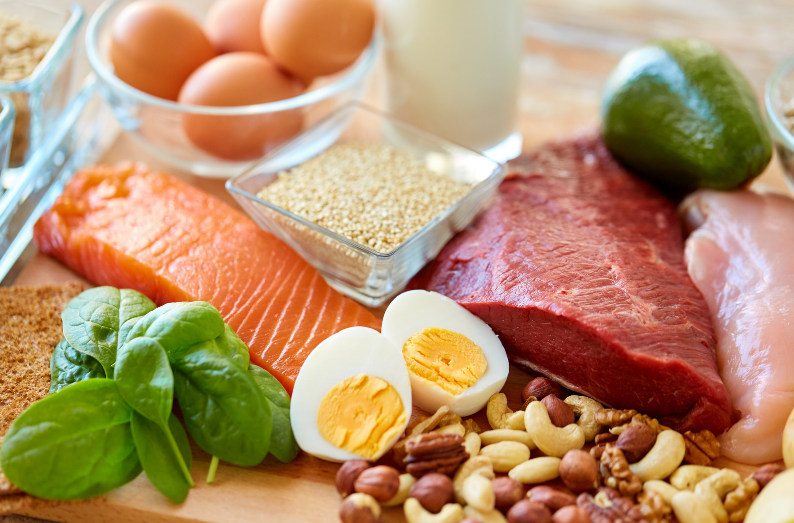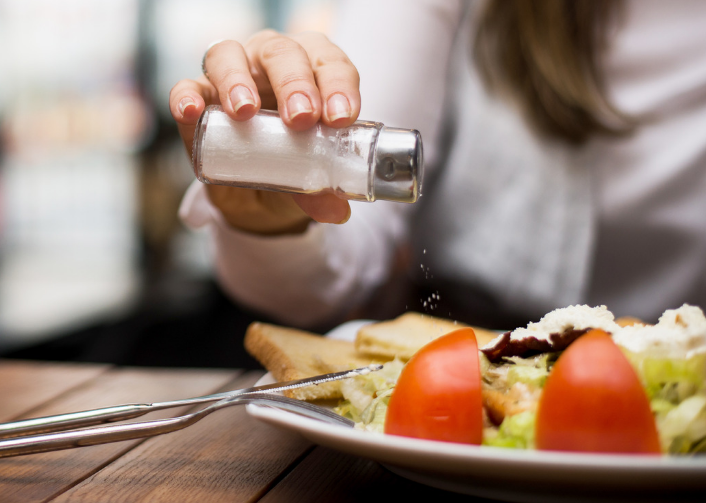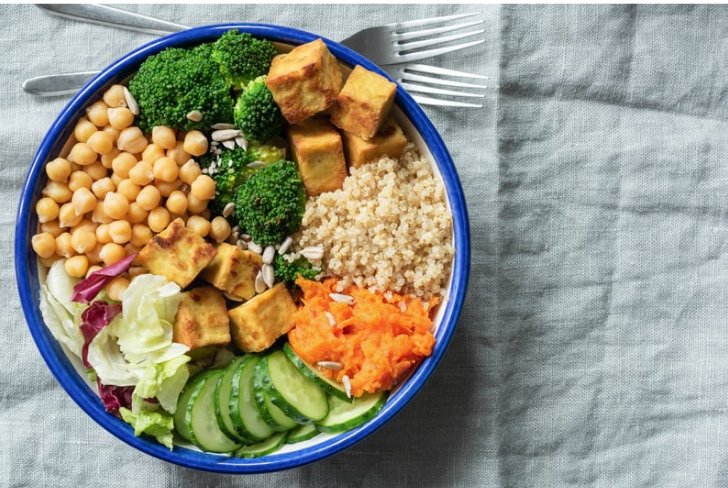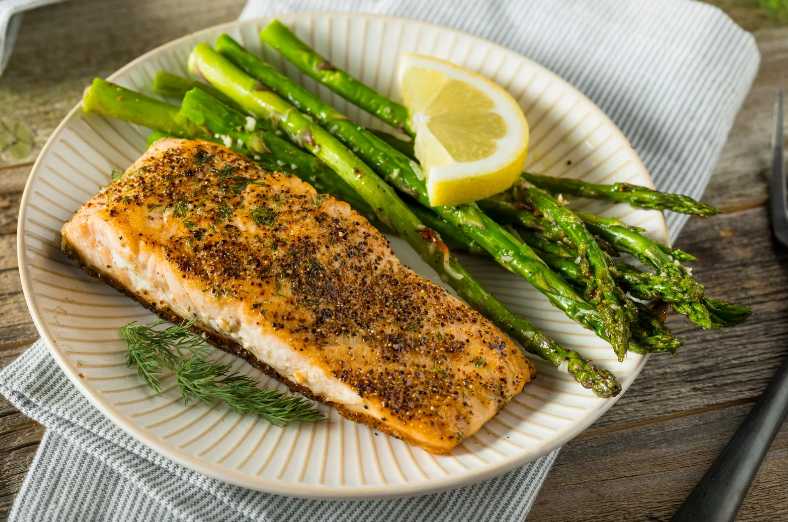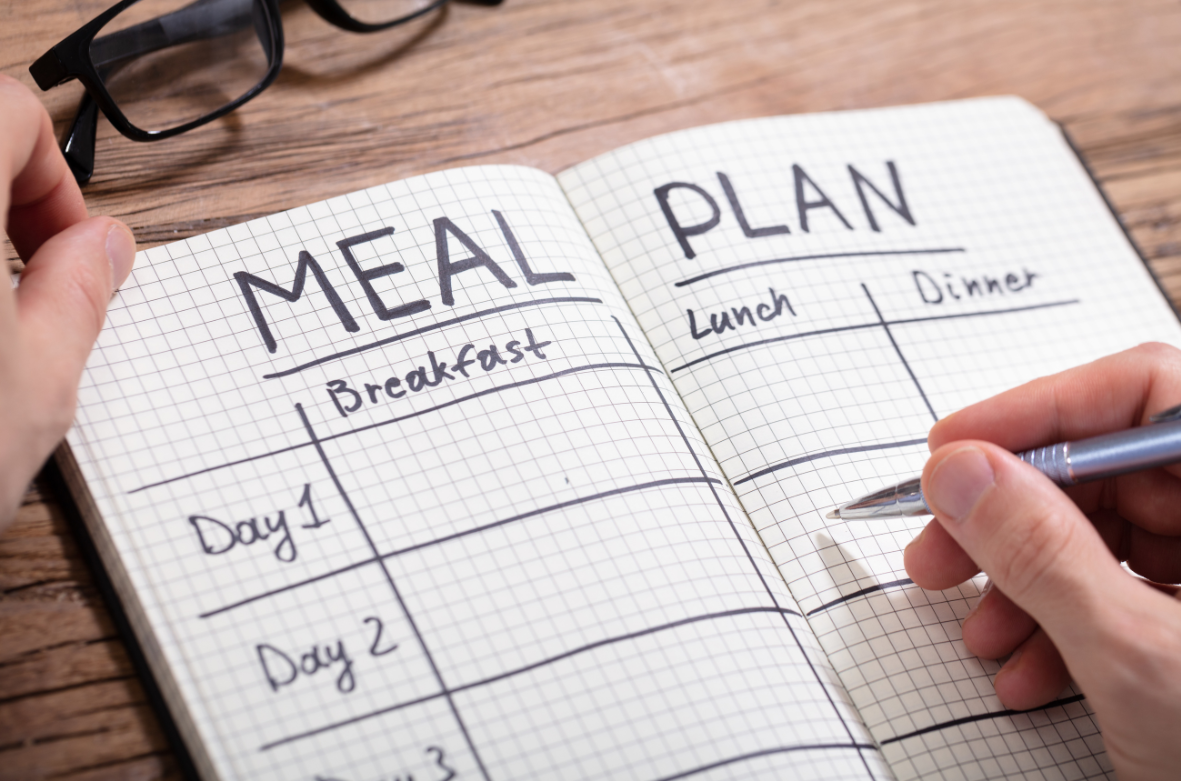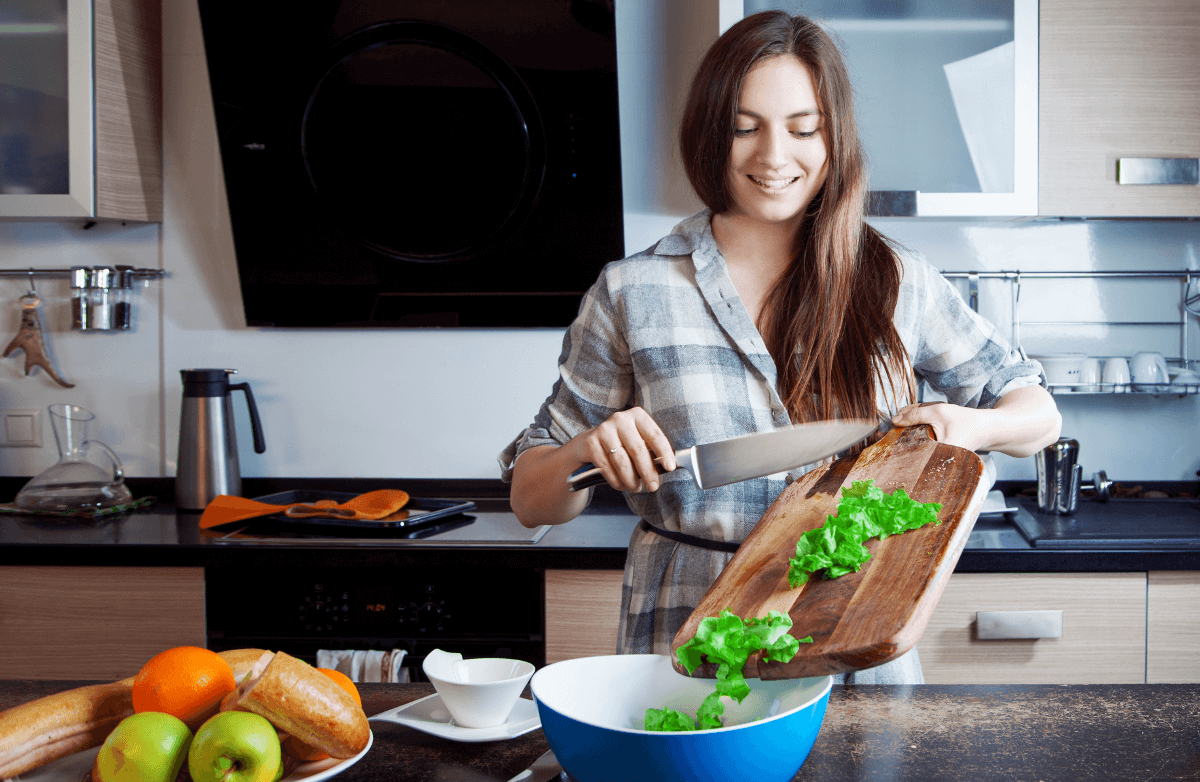
If you consider yourself to be a coffee enthusiast, you aren't alone. Coffee is the second most popular drink in the world behind water, and more than 450 million cups are consumed in the United States every day. That's a lot of java. Whether you have a go-to brand or just go for what's available, there are a lot of options out there—and many could disrupt an entire day of healthy eating. Before you reach for your next cup of joe, learn more about what's in your cup so that you can maximize your coffee experience in a healthy and well-informed way.
1. Select a lighter roast.
According to one early study] chlorogenic acid (CGA) is a polyphenol found in coffee beans, and the more you roast, the lower the CGA content in your cup." If you want more CGA in your diet, check out the lighter roasts offered at your local coffee shop.
2. Skip the fluff and enjoy the flavor.
"A pure shot of espresso is really good for you in moderation," explains Tom Bolland, founder of HappyBarista. Coffee contains polyphenols which act as antioxidants and reduce inflammation in the body." However, the more "stuff" you add to the basic ingredient, the more you risk decreasing the health benefits. Adding lots of cream, sugar and syrups are only going to make coffee unhealthy. I've found the more I drink coffee without sugar, just with some milk, I've come to appreciate all the flavors different beans offer," he asserts.
3. Look for fair trade products.
When a coffee is fair trade certified, it means the farmer has received a fair price for their crop. Fair trade farmers often market their harvests through direct, long-term contracts, which helps them learn business and management skills that benefit them, their family and their community. The Fairtrade America Standards also enforce some environmental protection measures, such as water and soil quality standards and reduction of greenhouse gas emissions. If you aren't sure if your coffee is fair trade, look for the "fair trade certified" label, Google the café chain or ask your barista to find out where they source their beans.
4. Ask your barista.
The more you add to your coffee, the more you increase the calorie count. For example, a 12-ounce cup of black coffee has less than five calories. A 12-ounce Carmel Macchiato from Starbucks, on the other hand, has 190 calories—and that's one of the smaller sizes! That's why Aurora Smith, former barista and current Health & Fitness Advisor at Fitness Fixed Gear suggests asking your barista what ingredients are in your drink. "For example, you may not know that your blended drink has what's called a 'base' to hold it together; [the base] is basically just sugar and flavor. The soy milk they use may also have added sugars, or the whipped cream may come standard on a drink you didn't expect," she says. "Your barista knows all the behind-the-scenes tricks, so don't be afraid to ask their opinions."
5. Go organic.
"If you want to drink coffee in a healthier way, start here," advises Luna Regina, founder of Healthy Kitchen 101. She explains that conventional coffee beans are sprayed with pesticides. When coffee beans are given the "organic" label, that means that no synthetic fertilizers are used during the growing process, resulting in a cleaner bean. "Instead, they fertilize the beans with organic fertilizers like coffee pulp, compost or chicken manure. Organic coffee beans have more antioxidant properties because of this." Regina also points out that organic coffee farms produce less greenhouse gas emissions compared to conventional coffee farms, which is a benefit to the environment.
6. Spice it up.
If you're looking to add flavor to your cup without the added calories and sugar, consider spices. Add a cinnamon stick to your pot while it's brewing or a dash to your cup when it's done. Measure ½ teaspoon (for every two cups) of cacao nibs and grind them with the coffee beans before brewing for a chocolatey flavor. If you're looking for springtime inspiration, dried lavender will give your coffee a floral taste, or add a few drops of peppermint oil to your pot before brewing for a cold seasonal twist. Don't be afraid to experiment with your favorite spices, since coffee pairs well with a variety of flavors.
Staring at the options in your grocery store or local coffee shop can be an overwhelming experience. By learning a little bit about where the beans come from, what to look for and how to keep your energy boost from becoming a dessert, you can become an informed coffee connoisseur.




